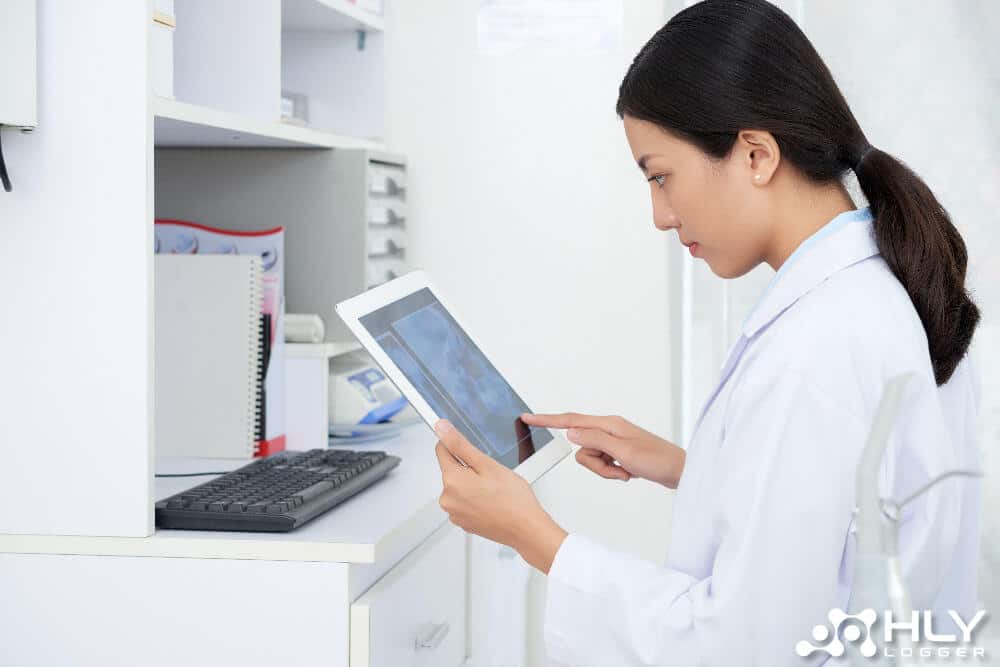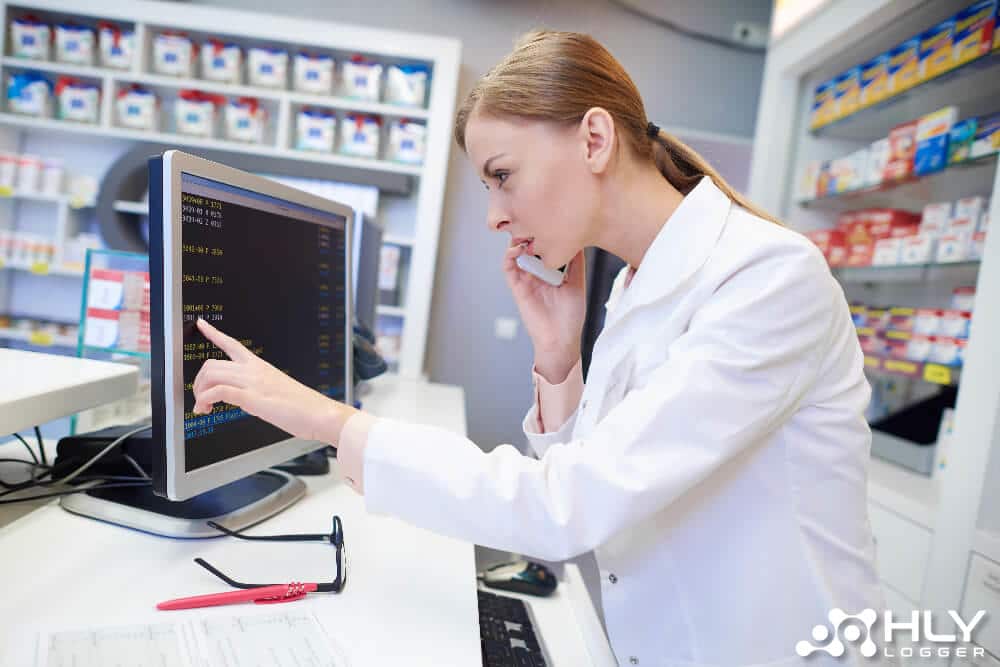Technology plays a vital role in various aspects of business, including in the pharmaceutical sector for managing pharmacies or modern pharmacies. One increasingly relevant innovation is remote data logging for real-time information management. This technology helps pharmacies ensure optimal conditions for storing medicines, especially those that require temperature and humidity control, such as vaccines, insulin, or other pharmaceutical products.
Contents
Technologies in Remote Data Logging
Data logging is collecting, recording, and analysing data from remote locations using electronic devices connected via communication networks such as WiFi, GSM, or IoT. In the pharmaceutical sector, this system is used to monitor environmental conditions such as temperature, humidity, and pressure, which are very important for maintaining the stability of pharmaceutical products.
With a remote data logger device, pharmacy managers can monitor conditions in real-time, even without being at the physical location. The data collected is stored in the cloud and can be accessed via an application or digital dashboard anytime.
Implementing data logging in the pharmaceutical sector involves a combination of hardware and software. The key technology that supports it is the Internet of Things (IoT), which allows data logger devices to connect to the internet.
This automatically sends data to the cloud platform. This device has sensors to monitor temperature, humidity, or other parameters, and the collected data can be accessed in real-time.
The cloud platform stores and processes data sent by the data logger device. Cloud computing ensures that data remains secure, can be accessed at any time, and can be analysed with the right analytical algorithms. Wireless communication technologies such as WiFi, GSM, or 4G allow data logger devices to operate wirelessly. This technology makes it more flexible for use in hard-to-reach locations.
The system can be equipped with an analytical dashboard and automatic notifications. A web-based dashboard or application allows pharmacy managers to visualize data through graphs or reports.
In addition, automatic notifications can be sent via SMS or email if environmental parameters are outside safe limits. Remote data loggers are often designed with low power consumption to be used for a long time without replacing the battery.
Benefits of Remote Data Logging

The application of data logging in pharmacy offers several significant benefits, the first of which is real-time monitoring. Data logging system allows pharmacies to monitor the storage conditions of medicines in real time. This helps ensure that pharmaceutical products are always stored in optimal conditions.
The pharmaceutical industry is highly regulated by safety standards such as WHO-GSP (Good Storage Practices). Data logging technology helps pharmacies comply with these regulations by providing complete and auditable data records.
With data available in real-time, pharmacy managers can take immediate action to address issues, such as inadequate cooling, without the need for routine manual inspections. This can provide benefits in reducing the risk of loss. Sensitive medicines can be damaged if stored in inappropriate conditions.
Therefore, data logging minimises the risk of financial loss due to the wastage of damaged products. The ability of pharmacies to ensure the quality of their products through advanced technology increases consumer confidence. This is a competitive advantage in a highly competitive industry.
Applications of Remote Data Logging in Pharmacy
Data logging technology can be applied in various aspects of pharmacy operations. For example, it can be used for Refrigerator Monitoring. Medicines such as vaccines and insulin must be stored at a specific temperature. With a temperature sensor connected to a data logging system, pharmacies can continuously monitor the refrigerator’s temperature.
The next application could be drug storage in warehouses. This condition often has many refrigeration units. Data logging allows for efficient monitoring of environmental conditions throughout the warehouse.
The next application can be to deliver medicines from distribution centres to pharmacies, requiring strict temperature control. Portable data logger devices can be used to ensure that conditions during transportation remain up to standard.
Emergency storage is also possible through the implementation of this technology. Some pharmacies have emergency storage locations for backup stock. Data logging helps ensure that conditions at these locations remain optimal even though they are rarely checked.
The most crucial challenge is the high initial cost. Investment in hardware and supporting systems can be prohibitive for small pharmacies. In addition, pharmacy staff need to be trained to use these devices effectively. The availability of network connectivity is critical in implementing this technology. Locations with poor internet connections can hamper the operation of the device.
Conclusion
Remote data logging technology continues to evolve, with innovations such as advanced sensors integrated with artificial intelligence (AI) for predictive analytics. Devices with longer battery life are the next solution. Remote data logging is essential to ensure optimal pharmacy storage conditions. With this technology, pharmacies can monitor the storage environment in real time, comply with strict regulations, and reduce the risk of product damage.
For example, a pharmacy that implements a remote data logging system to monitor temperatures in all its branches. IoT devices such as the M381 4G Real-Time Disposable Temperature Data Logger can access real-time data and receive notifications if anomalies exist.
You can get this device through HLY Technology, which provides various IoT technology support products. The development of IoT and cloud technology and remote data logging offers great opportunities to improve efficiency and quality in modern pharmacy management.

